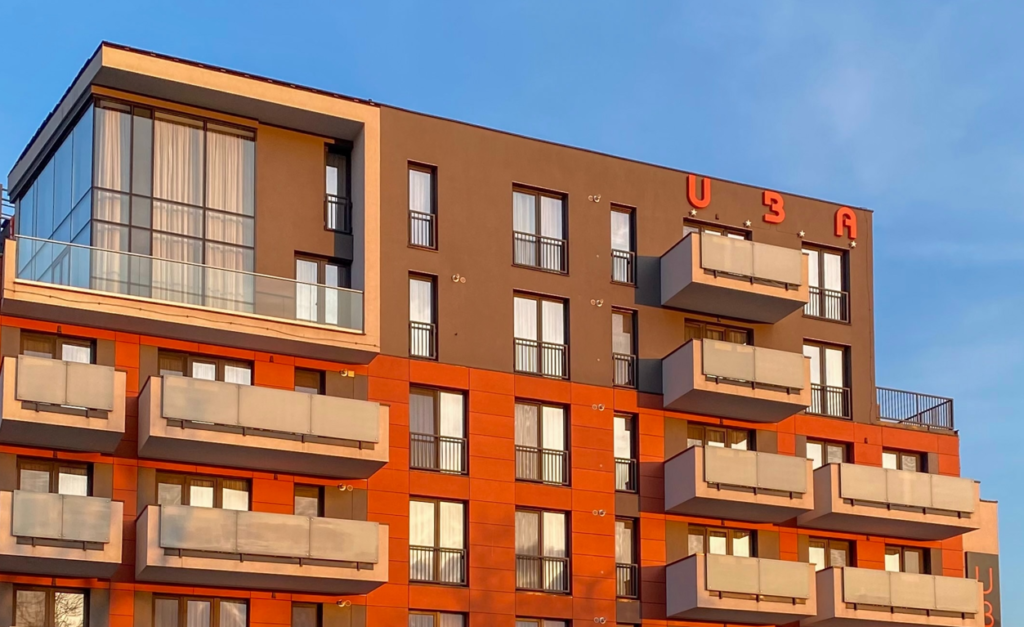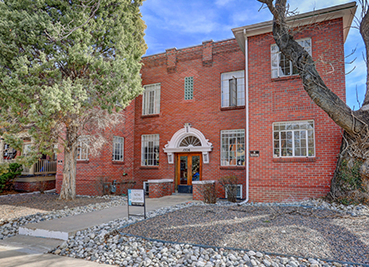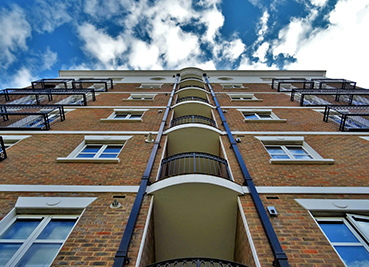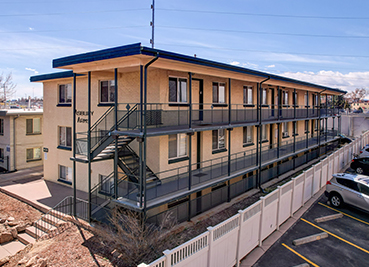
As seen in CoStar
Apartment investment should strengthen across the United States by the second half of 2024 as more stable interest rates give buyers and sellers the confidence to narrow the gap in prices, multifamily executives said during Marcus & Millichap’s annual discussion about prospects for the new year.
Executives representing companies across the U.S. sounded a positive note during an online broadcast hosted by the Calabasas, California-based brokerage firm. They reasoned the market had nowhere to go but up after U.S. apartment investment cratered this year as investors reacted to higher interest rates, recession fears and an inability to agree on deal prices caused buyers and sellers to step back from the market.
“I’m optimistic there will be more opportunity for investment as we move into 2024 and there will be some good buys in the near future. It’s hard to imagine that there will be less,” said Doug Root, co-founder and managing partner of Blackfin Real Estate Investors, an Arlington, Virginia-based multifamily investment firm that owns more than 11,000 units. “There’s a culmination of rents slowing a bit and more investors coming to the realization that valuation hasn’t materially changed.”
The economy is in a better place now than when inflation flared and the Federal Reserve moved to tame it by imposing rate hikes that made financing much more expensive. Many economists now predict the economy can avoid recession and maintain steady employment growth, allowing the Fed to — if not immediately ease rates — at least stop raising them.
John Chang, senior vice president of research for Marcus & Millichap, said during the broadcast that analysts now project that the economy will grow 2.4% in 2023.
“This is the soft landing model that the Federal Reserve is hoping for, where the pace of job additions has been steadily slowing down,” Chang said. “The U.S. is expected to add close to 3 million jobs in 2023 and another 1.7 million in 2024, with the pace slowing during the year. We still have a labor shortage, but it is tapering, and we’re moving in the right direction.”
Inflation, Debt Continue To Pose Risk
Inflation, and high levels of debt held by consumers, businesses and owners of commercial real estate are likely to continue to be risks next year, but the unemployment rate and job creation are still strong, Chang added.
“We’re seeing some really good performance numbers, especially with the employment market, and those are all really positive for the multifamily market,” Chang said.
Multifamily fundamentals are staying relatively strong, particularly in the Midwest, which right now is outperforming every other region of the country, said John Kinzelberg, CEO of Chicago-based Highgate Capital Group, which typically invests in value-added cities in that region of the country. “We believe that multifamily performance will only get better over the next three to five years, which is our investment time horizon.”
While developers have finished a record number of units this year, “the good news is that construction starts have come down quite a bit because of the high cost of construction financing,” said Jeff Tripaldi, managing partner with Tilden Properties, which invests in value-added properties in California and Nevada. “I think on the back half of 2024 and into 2025, it’s probably there will be less new supply.”
Less supply could trigger new interest among investors in existing properties, helping sales to rev up again.
That would help the multifamily sector retain its spot as the top choice for commercial real estate investors, panelists said.




